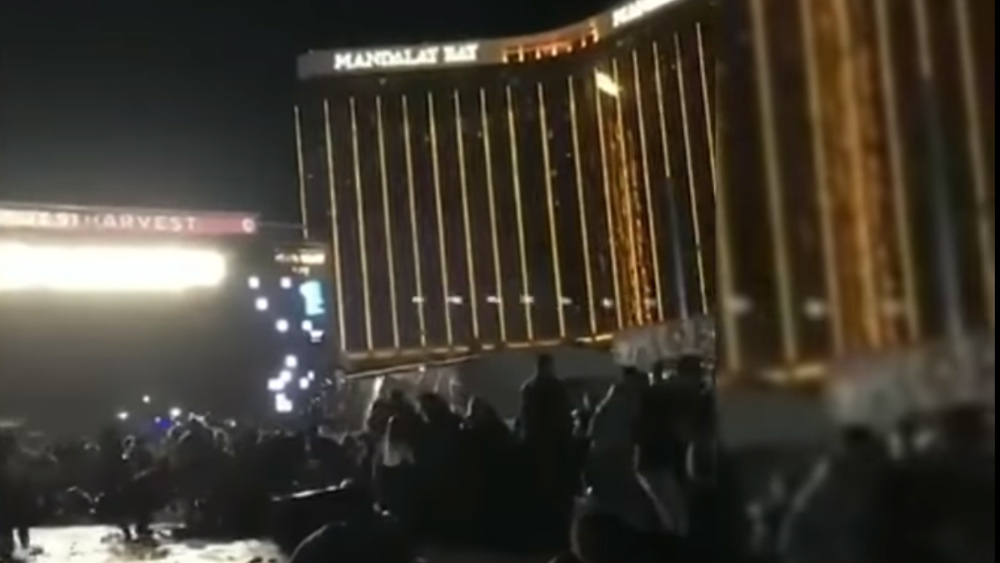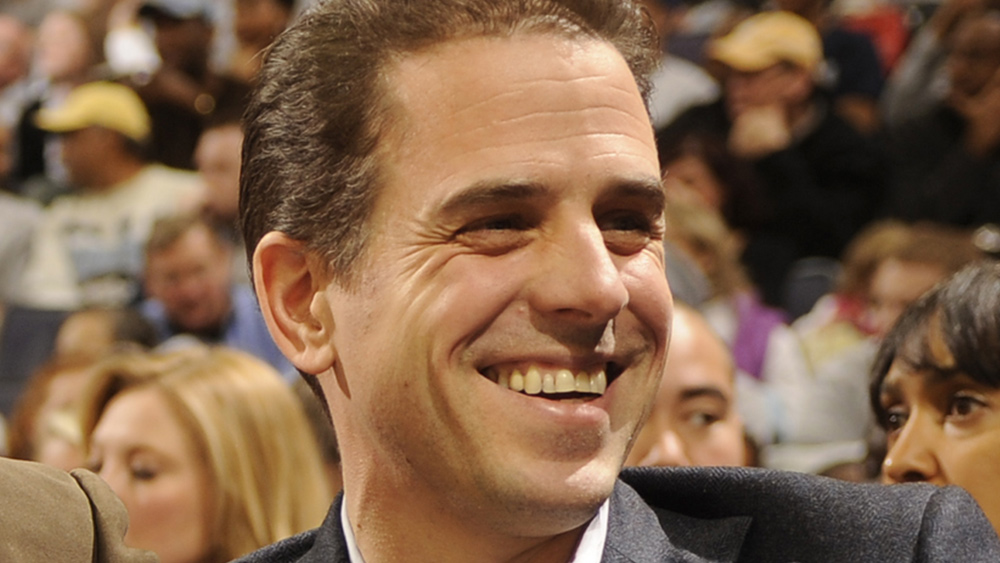
Advertisement
In each of the last half-dozen or so mass shootings in the United States Americans learned very quickly the details of each of them. We knew the shooter’s name, his background, his level of education, whether or not he was linked to a terrorist or hate group, what kind of weapons he used and where he got them, who his friends were, his parents, his relatives, and most importantly of all, why he decided to kill a bunch of people.
But here were are nearly one month after the horrific mass shooting in Las Vegas, without question the most spectacular incident of its kind in recent memory and the most deadly of all times in the U.S., and we’re no closer to understanding why Vegas regular Stephen Paddock decided to break out two windows on the 32nd floor of his Mandalay Bay hotel room and start firing automatic weapons at a crowd of 22,000 people attending a country music festival across the street.
And worse, it doesn’t appear as though we’re going to find out any more about this crime anytime soon because the authorities investigating it aren’t holding press conferences anymore, despite the fact that scores of officers and the FBI are allegedly still on the case.
As the Las Vegas Review-Journal notes:
Fifty-eight people killed. More than 500 injured. And yet, nearly a month after the Las Vegas Strip experienced the worst mass shooting in modern American history, local and federal authorities are refusing to fill in the blanks.
It wasn’t always like this. In the days after Oct. 1, when Stephen Paddock opened fire on the Route 91 Harvest festival crowd from his Mandalay Bay corner suite, Las Vegas police were hosting multiple news conferences a day. Then, once a day. Then, once every few days.

Early on, police compiled and then released bits of officers’ body camera footage. Authorities would spend several minutes answering a variety of specific questions. They gave us a comprehensive timeline of events — which ended up being wrong. In taking it back they attempted to issue clarifications, but only made things more confusing.
What’s going on?
By the middle of October — the 13th to be exact — something drastically changed. It was the last time that the Metropolitan Police Department and the FBI addressed the media, but also the tone had changed. Sheriff Joe Lombardo went from being straightforward and stern to being emotional and even combative at times. Neither he nor his FBI colleagues were providing much new information at all; at the end of that final news conference, they didn’t even take any questions.
Since then the only person who has shed new light on some details is Mandalay Bay security guard Jesus Campos, who we are told was shot in the leg as he approached the gunman’s room. Who did he talk to? Daytime TV hostess Ellen Degeneres, which aired last week. Since then he hasn’t made himself available to the media, either. (Related: What happened to Vegas shooter’s hard drive?)
Speaking of Campos, he was the subject of conversation during a recent episode of Fox News “Tucker Carlson Tonight,” in which the host brought up several good points (and as-yet unanswered questions) regarding his travel to Mexico very shortly after being wounded by a high-powered semi-automatic rifle.
At the time he left — Carlson said he had Immigration and Customs Enforcement documentation of Campos’ travel — authorities had been saying they believed that Paddock may have had an accomplice, so why would Campos, whom nobody knows much about, been permitted by authorities to leave, since he was the only eyewitness to the incident?
Watch:
As for local authorities and the FBI, when the Las Vegas Review-Journal called the Feds to inquire why there had been no press briefings for two weeks, spokeswoman Sandra Breault said, “It doesn’t matter. It’s an ongoing investigation, and unless there’s something to report, there will not be a briefing.”
Lombardo’s office is also not making him available to the press.
The LVRJ reports that Metro Police have logged 50,000-plus man-hours in overtime working the investigation “24/7.” There are officers assigned specifically to the case.
So why don’t we know more?
Read more of J.D. Heyes’ work at The National Sentinel.
Sources include:
Submit a correction >>
This article may contain statements that reflect the opinion of the author
Advertisement
Advertisements















